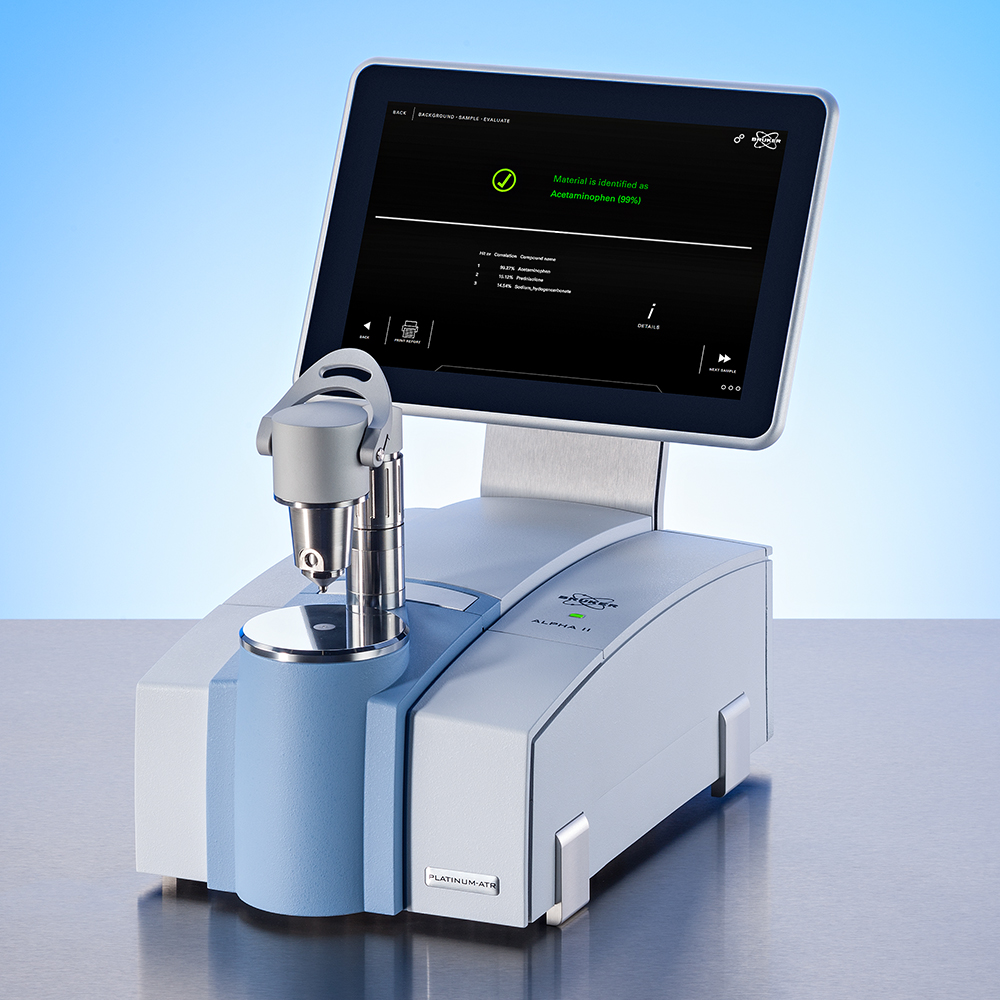

Concrete and Cement
Evaluating Surface Functionalization and Coatings of Concrete via FT-IR
The surface of concrete can be exposed to many harmful influences. These include environmental stress, moisture, but also graffiti. When surface refinements are applied to concrete, they must be verified and evaluated.
FT-IR spectroscopy is used in the development and quality control of new types of concrete coatings, to test their functionality and optimize the coating process.
The analytical method is based purely on the reflection of infrared light. Therefore, the sample does not have to be prepared or damaged to examine the coating on the concrete. On top of that compact spectrometers can be used on site, even by untrained personnel. Interested?
Concrete Weathering - Analyzing Chlorine Distribution in Concrete
Concrete can last thousands of years under suitable conditions. Nowadays we frequently find images of cracked and weathered concrete. As concrete is a mixture of many complex chemical compounds its durability depends on environmental conditions. Saltwater, for example, leads to chemical reactions that change the volume and lead to stress and strain in the concrete structure. Chlorine (Cl) is one of the most important elements to understand the aging and deterioration of modern concrete surfaces, as an increase in Cl leads to an expansion of the matrix, forming cracks and resulting in a loss of stability in any construction over time. Consequently, it is desirable to detect even small amounts of Cl in the matrix.
Micro-XRF has developed into a powerful technique to analyse concrete by elemental mapping of the surface of a drill core using the M4 TORNADO PLUS micro-XRF spectrometer. It allows fast measurment of large areas, with high resolution in short times and provides compositional information as well as phase analysis for quick estimation of cement to aggregate ratio.
Related micro-XRF Publications
Understanding Cement Microstructure
Often the concentration on cement and concrete analysis is surface related, but what happens inside is just as important. Distribution of aggregate, internal fractures and adherence to underlying substrate all are key to ensuring that the installation meets requirements. X-ray Microscopy allows the visualization of cement and concrete slugs for the aforementioned defects.
Determining the Alite to Belite Ratio in Portland Cement
Portland cement is one of the basic materials in the construction industry. The principal component of Portland cement is clinker. According to the cement nomenclature, clinker contains two silicate phases: Ca3SiO5 (alite) and Ca2SiO4 (belite), as well as aluminate and ferrite. The alite to belite ratio is responsible for the strength of Portland cement in cement clinker. The ability of determining this ratio already during the burning phase is essential for the evaluation of the cement’s final strength. This ratio can be determined using SEM EDS - which facilitates chemical classification on the nanoscale.
High-speed mapping using QUANTAX EDS delivers the information required for chemical classification and image interpretation in a very short period of time.
Investigating Cement Hydration Mechanisms
The mechanisms of cement hydration can be investigated using Scanning Electron Microscope-based analytical techniques such as EDS and EBSD.
These techniques allow the quantitative analysis of the microstructure of cementitious materials by, for instance, the localization and identification of clinker phases. Using QUANTAX EDS and QUANTAX EBSD the amount of crystalline phases can be quantified and relic phases can be distinguished by their chemical, mineralogical and textural features. In the study below, EBSD analysis demonstrated the presence of a anhydrous crystalline residual fraction of non-reacted clinker formed via different crystallization processes.




